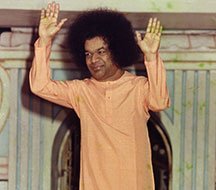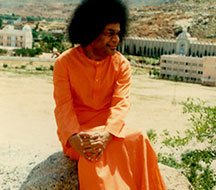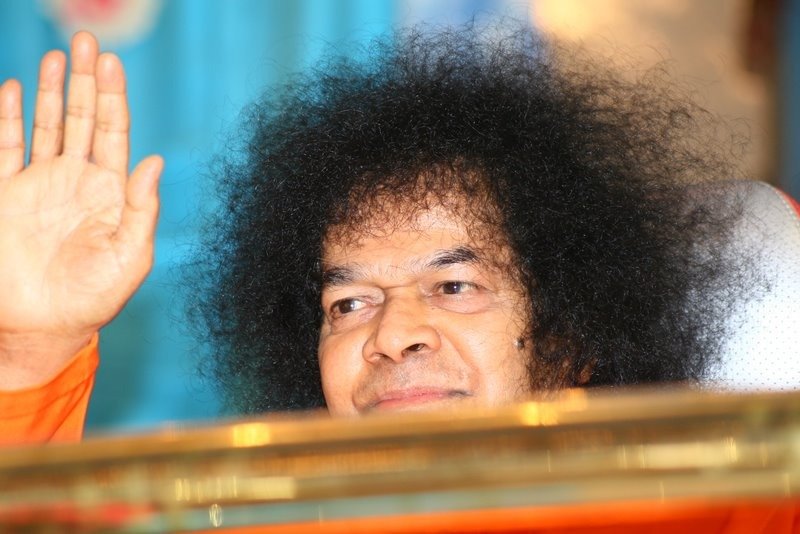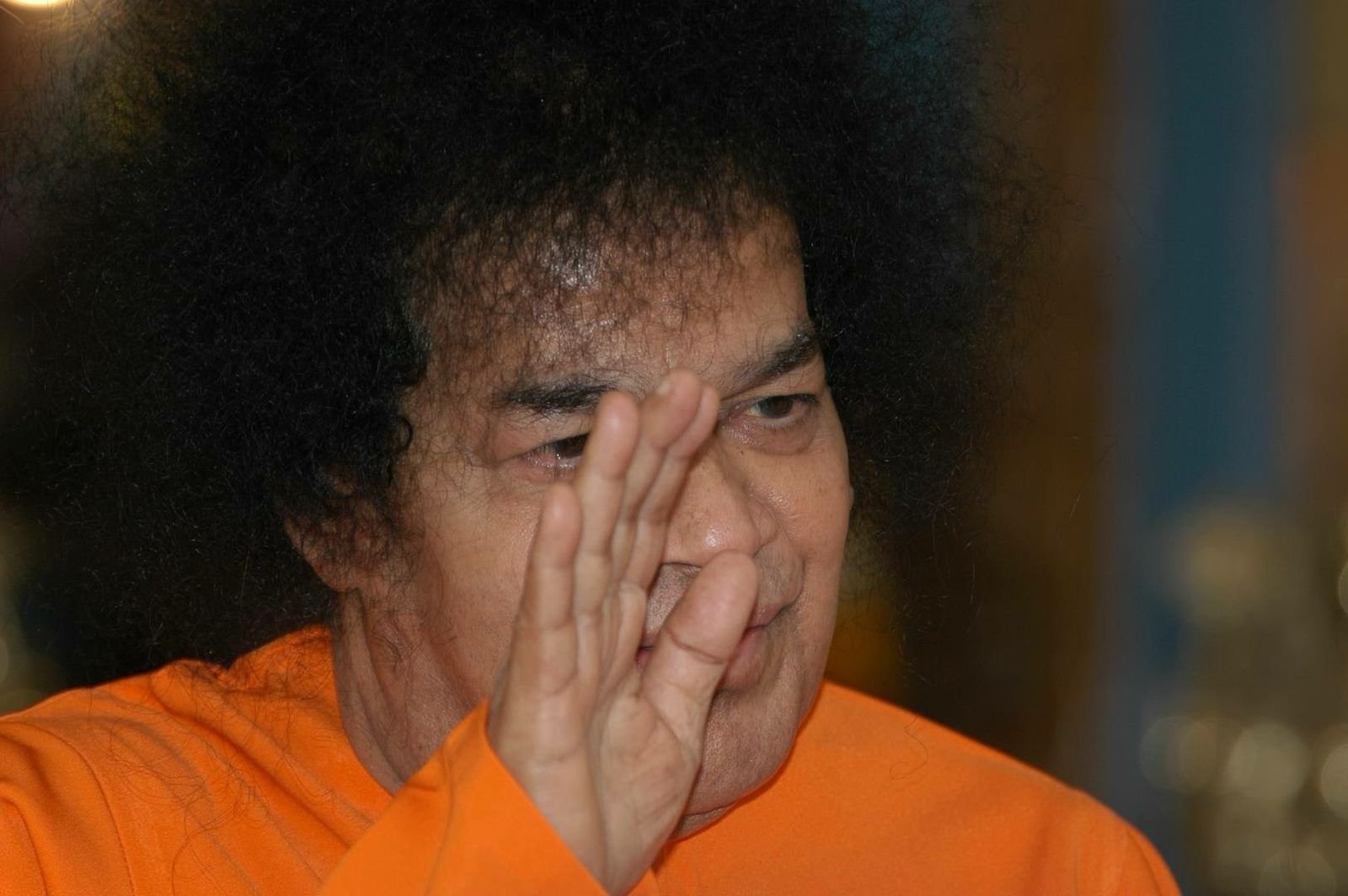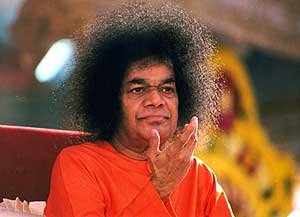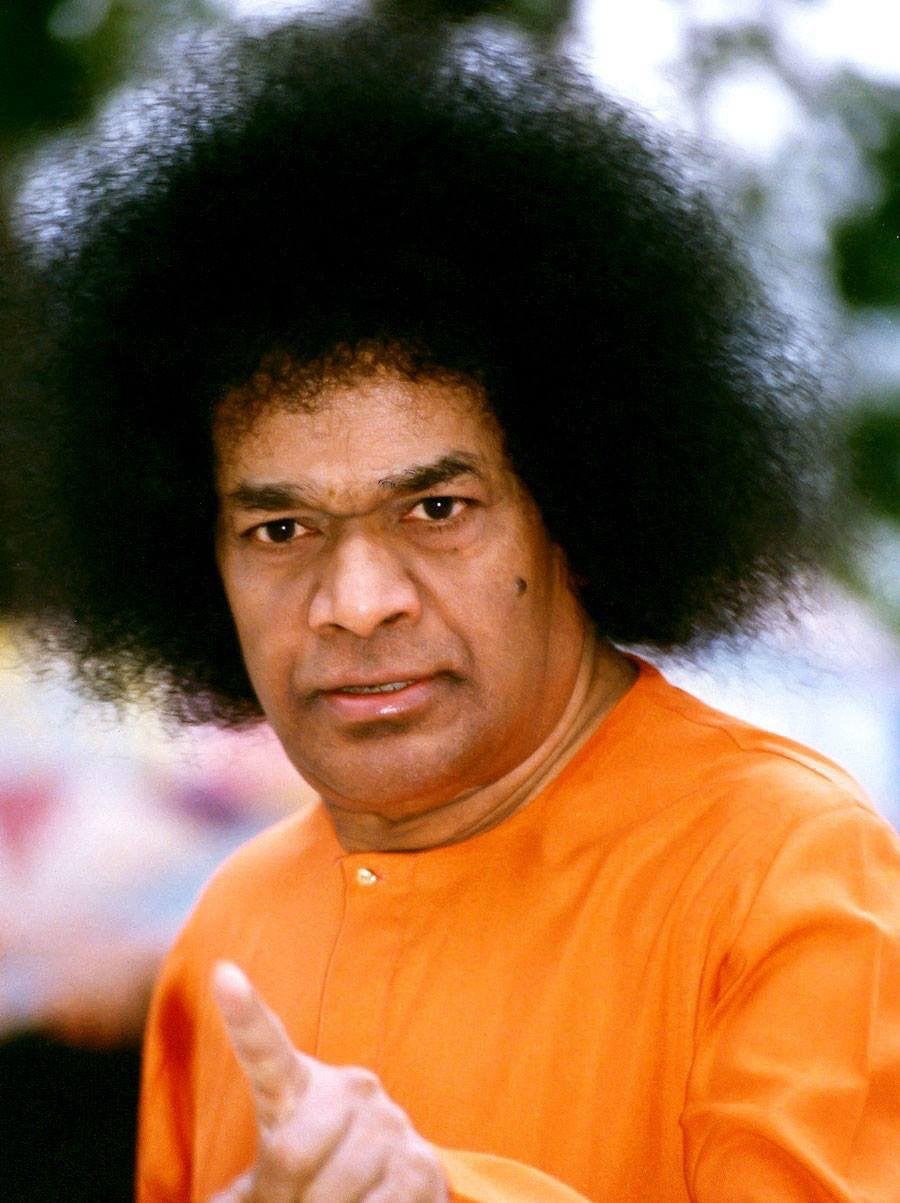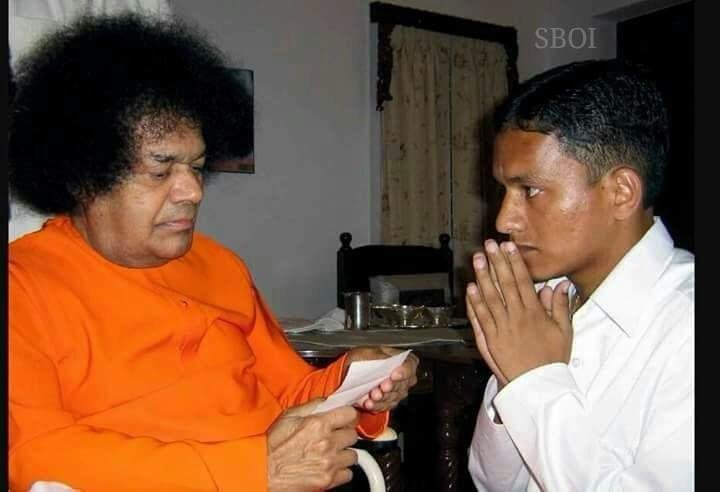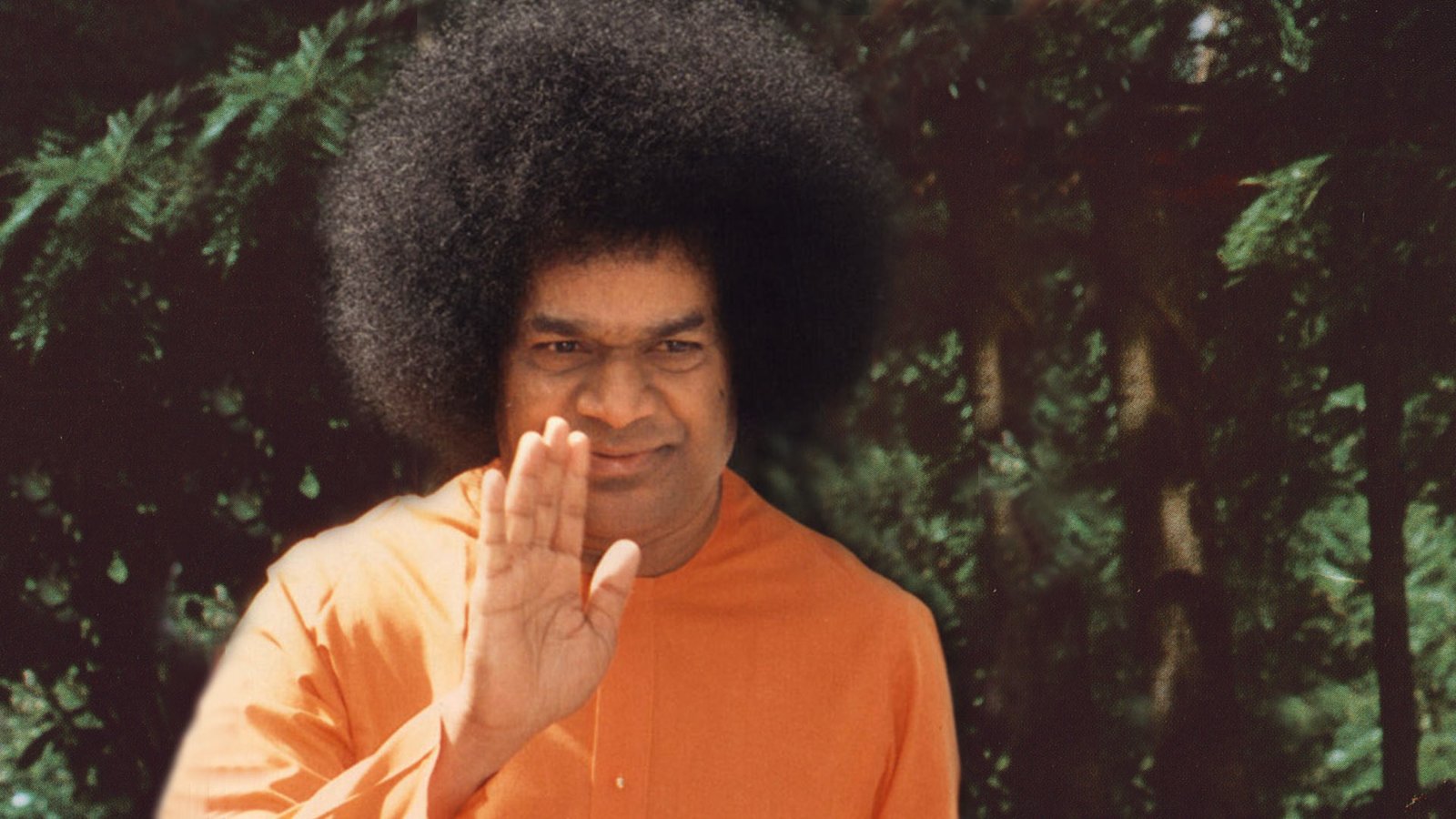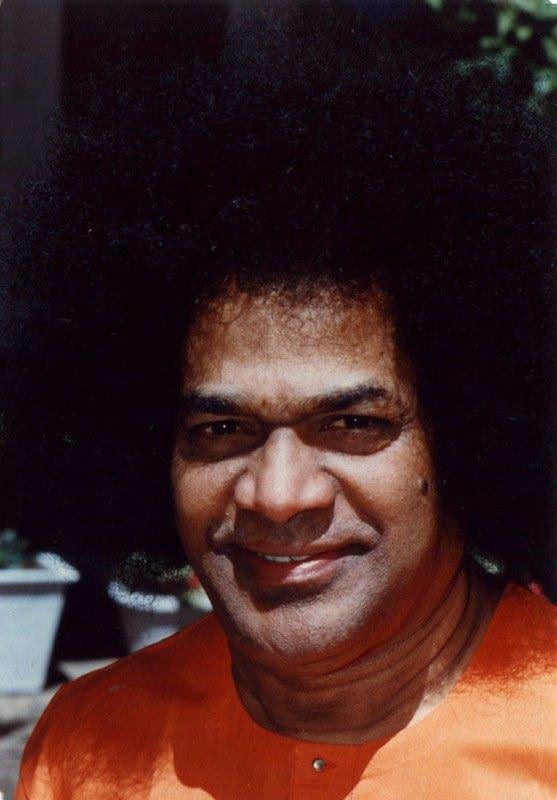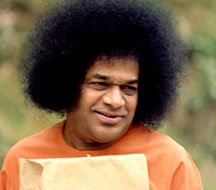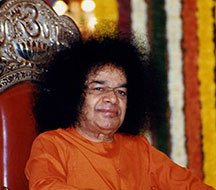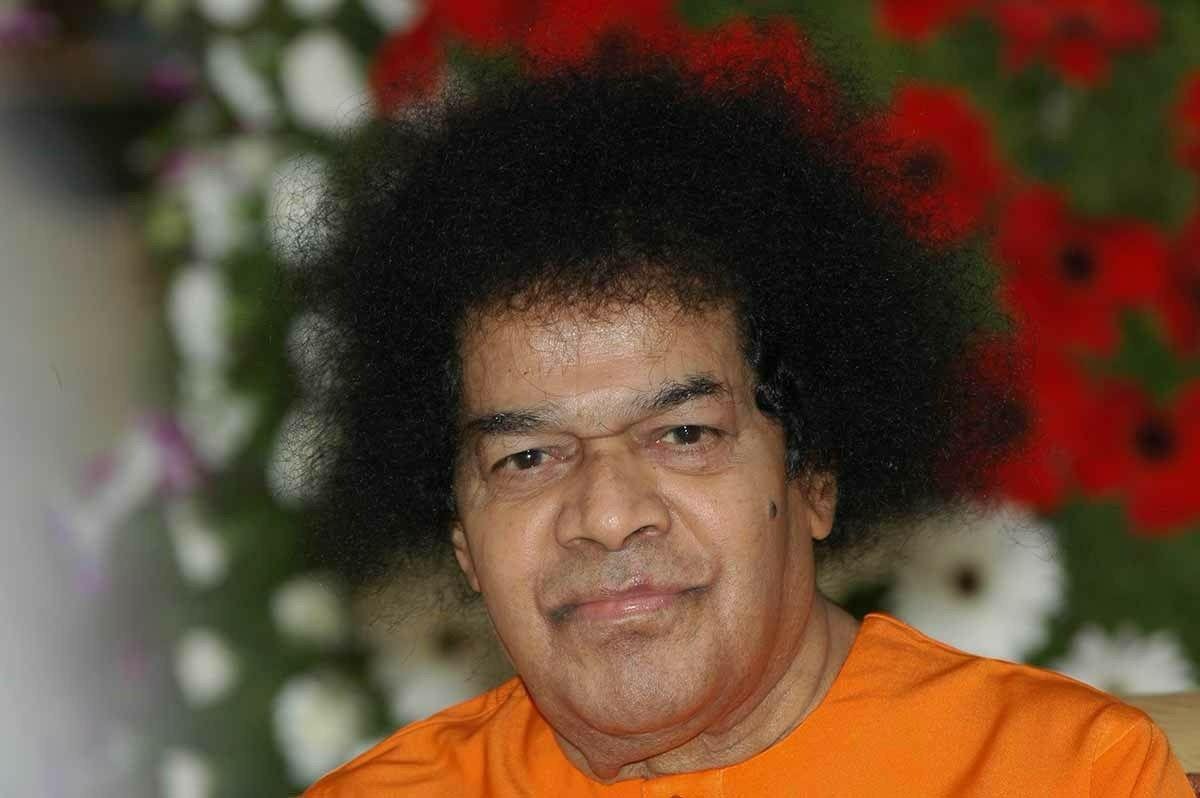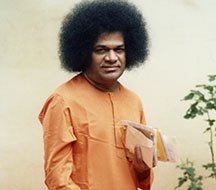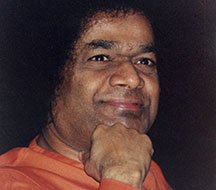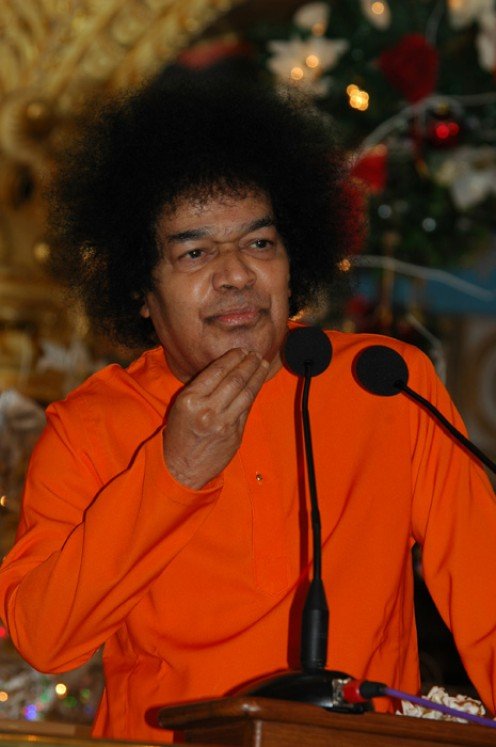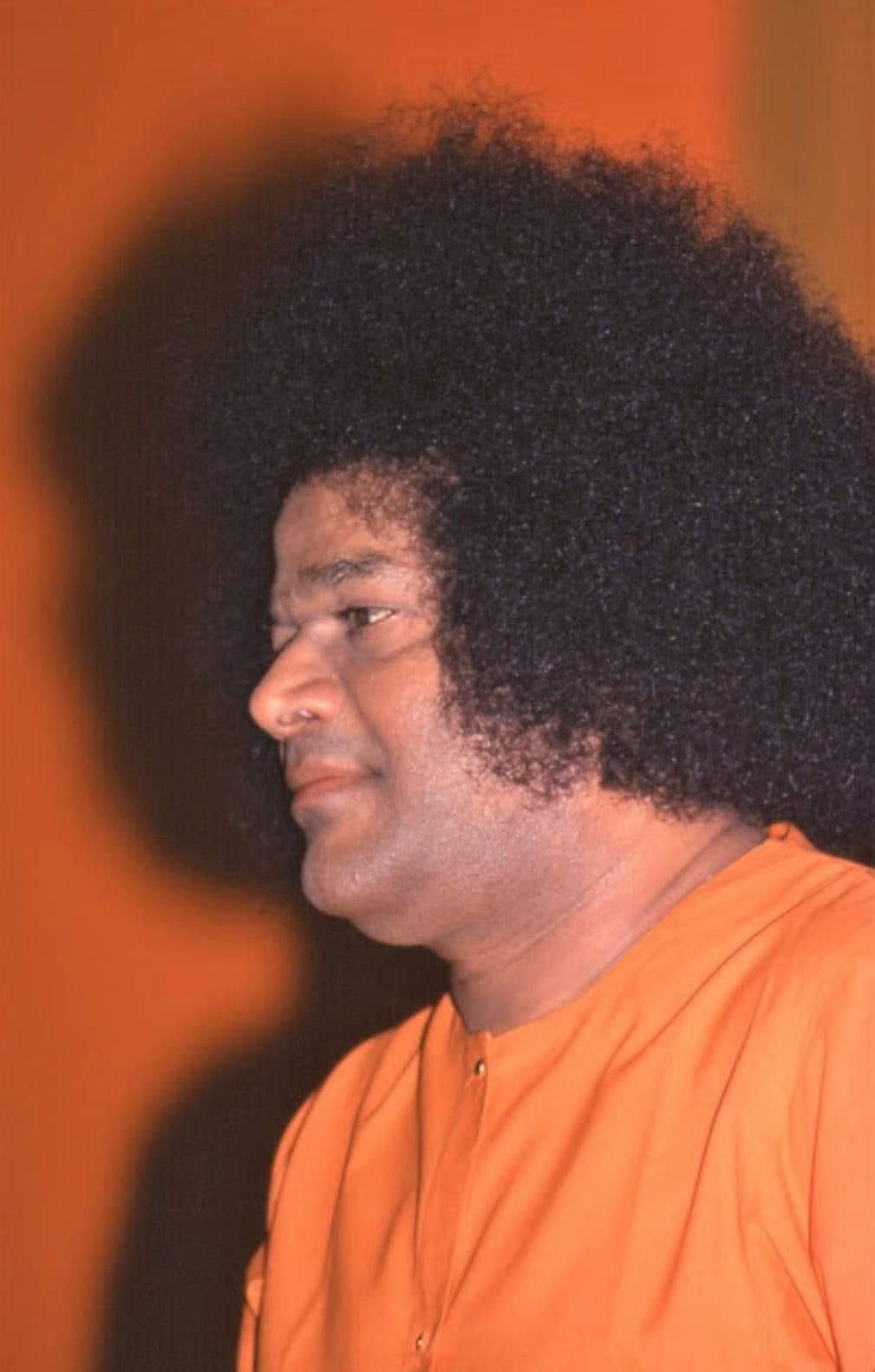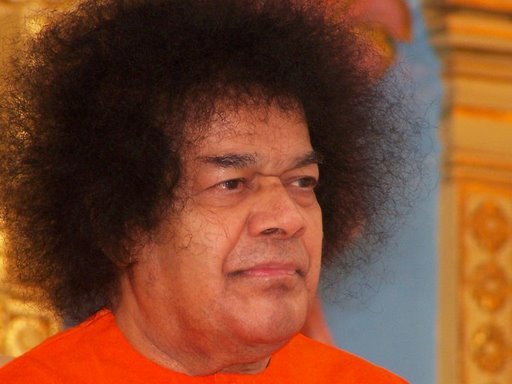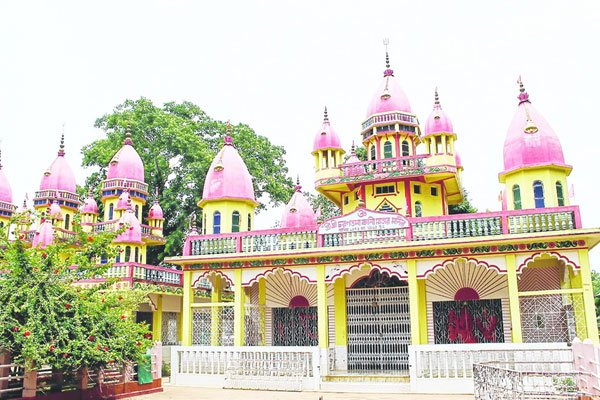Mandirs in Meghalaya
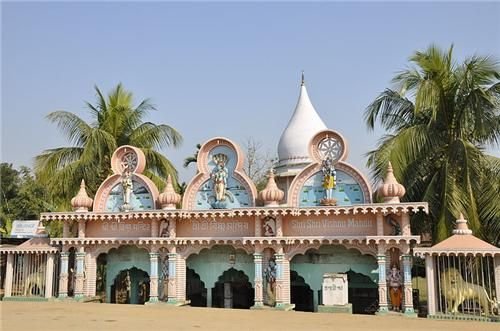
Meghalaya, meaning the “Abode of Clouds”, is one of the most picturesque states in North-East India, blessed with rolling hills, dense forests, and countless waterfalls. While the state is predominantly Christian today, its history, culture, and geography also hold a sacred place for Hinduism. The Hindu population, though smaller in number compared to the indigenous tribes and Christians, has preserved its rich spiritual heritage through mandirs scattered across the state. Many of these temples are centuries old, linked to Shakti worship, Vaishnavism, and Shaivism, while others have developed as local centers of devotion for communities living in Shillong, Jaintia Hills, and Garo Hills.
These mandirs not only serve as places of worship but also reflect the state’s multicultural fabric where ancient tribal customs and Hindu rituals often merge. They are especially significant during major Hindu festivals like Durga Puja, Janmashtami, Kali Puja, and Shivratri, which are celebrated with great enthusiasm in towns and villages.
Hinduism reached Meghalaya primarily through two channels – the migration of Bengalis and Assamese into the region, and the influence of ancient kingdoms such as the Jaintia Kingdom. The Jaintia kings, who ruled parts of Meghalaya before British rule, were great patrons of Hinduism, especially Shakti worship. As a result, several temples dedicated to Goddess Durga, Shiva, and Vishnu were established. Over centuries, the Khasi, Garo, and Jaintia tribes also assimilated certain Hindu practices into their belief systems. The Jaintias strongly identified with the worship of Goddess Durga and Kali. This unique blend of tribal spirituality and Hindu traditions gave birth to temples that carry both local and pan-Indian significance.
Among all the sacred temples in Meghalaya, the Nartiang Durga Mandir in the Jaintia Hills stands out as the most important. Believed to be around five hundred years old, this temple is considered one of the fifty-one Shakti Peethas of Goddess Sati. According to legend, the left thigh of Goddess Sati fell here, making it an immensely sacred site. The temple was established by the Jaintia King Jaso Manik, who embraced Hinduism and promoted Shakti worship in his kingdom. The temple still preserves traditional weapons like swords and shields, which are said to have been used in sacrifices during earlier times. Today, animal sacrifice has been replaced by symbolic offerings, but the devotion remains as strong as ever. During Durga Puja, the temple attracts thousands of devotees from across Meghalaya and neighboring states like Assam, making it one of the most vibrant religious festivals in the region.

